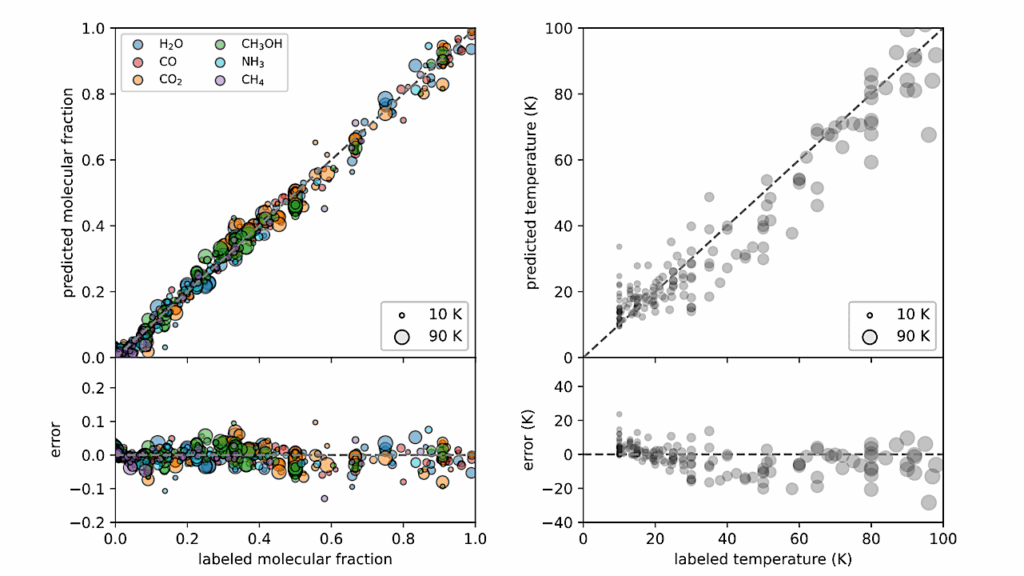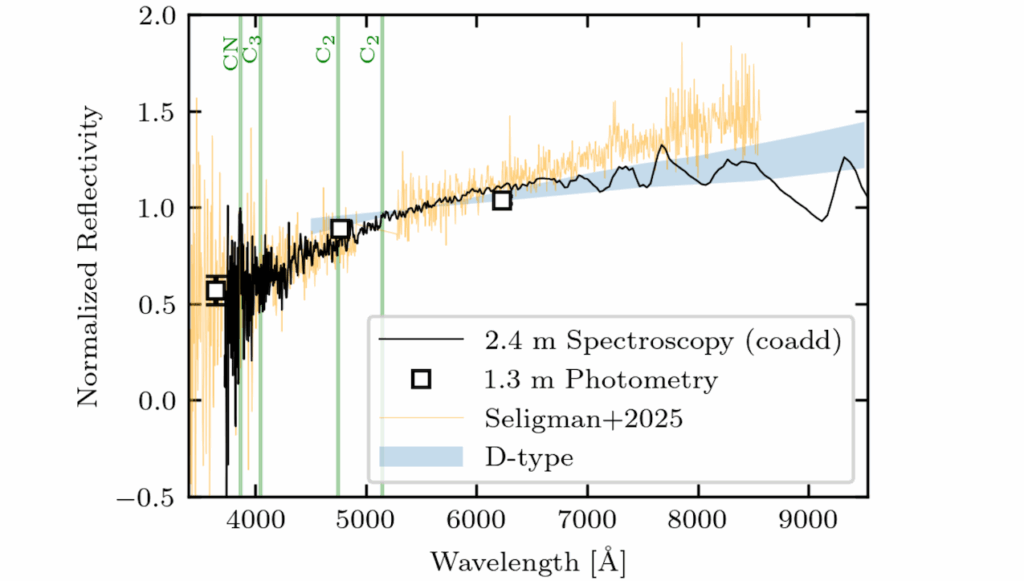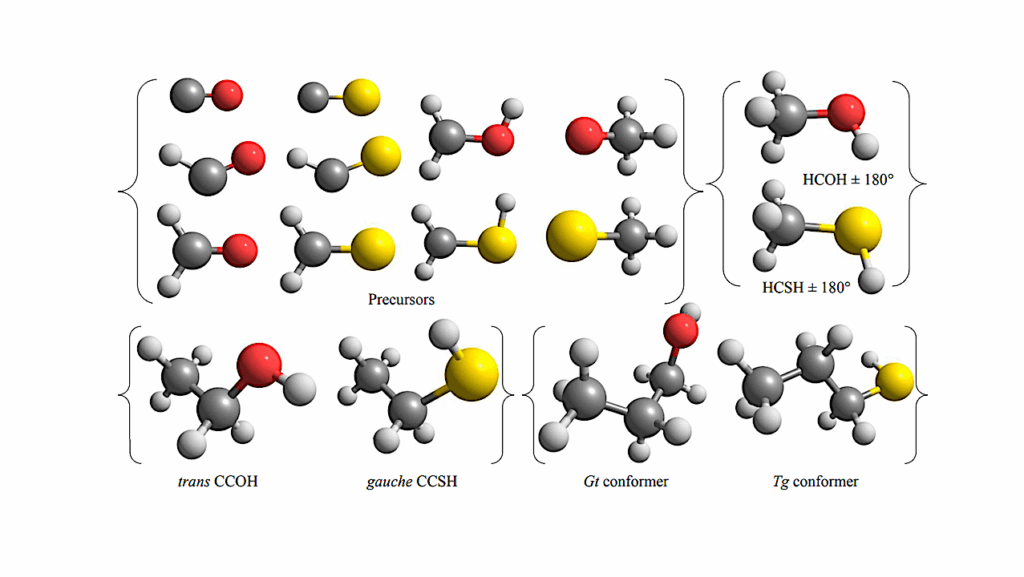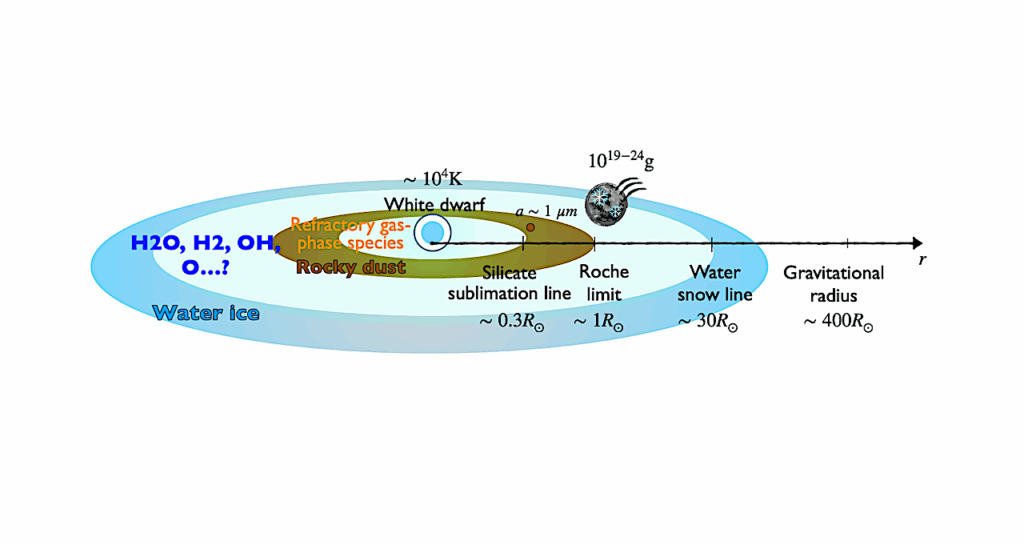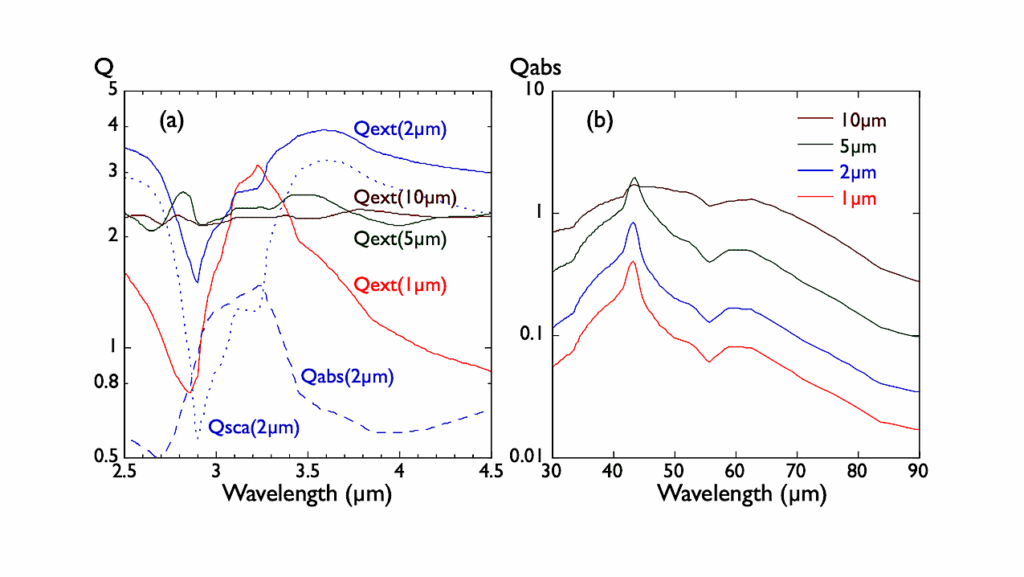Population-level Hypothesis Testing with Rocky Planet Emission Data: A Tentative Trend in the Brightness Temperatures of M-Earths
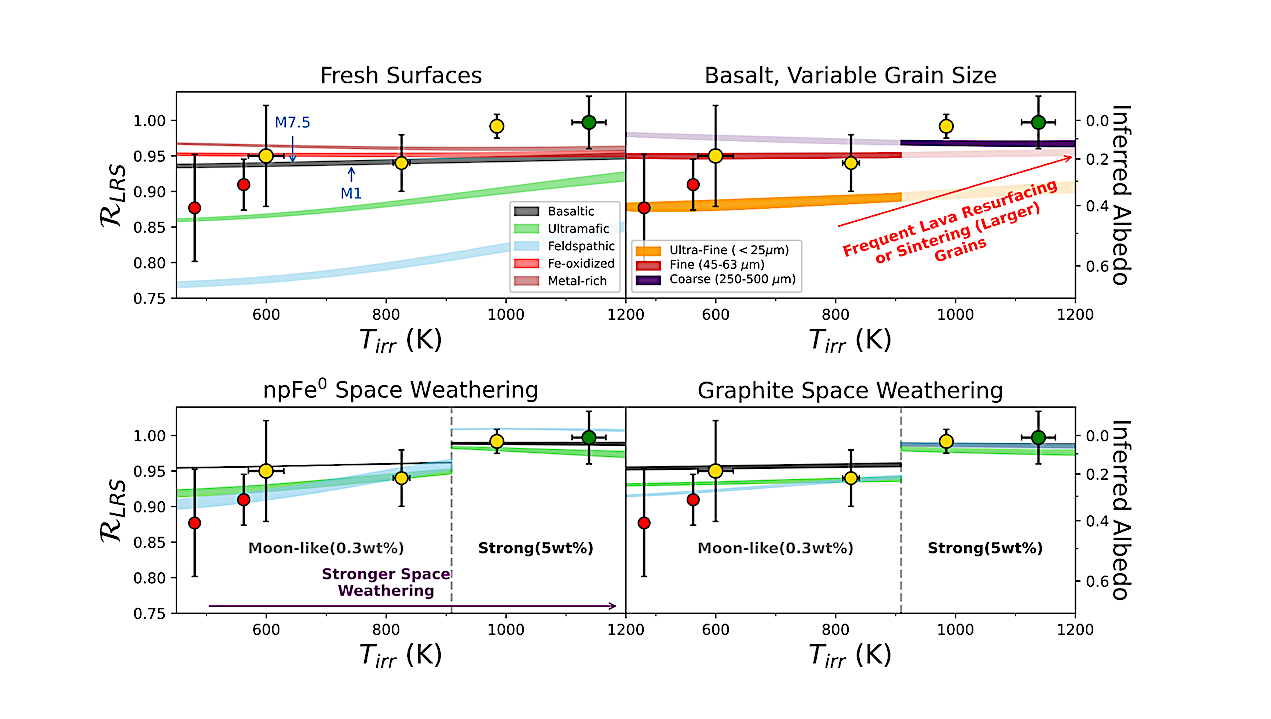
Determining which rocky exoplanets have atmospheres, and why, is a key goal for JWST. So far, emission observations of individual rocky exoplanets orbiting M stars (M-Earths) have not provided definitive evidence for atmospheres.
Here, we synthesize emission data for M-Earths and find a trend in measured brightness temperature (ratioed to its theoretical maximum value) as a function of instellation. However, the statistical evidence of this trend is dependent on the choice of stellar model and we consider its identification tentative.
We show that this trend can be explained by either the onset of thin/tenuous atmospheres on colder worlds, or a population of bare rocks with stronger space weathering and/or coarser regolith on closer-in worlds. Such grain coarsening may be caused by sintering near the melting point of rock or frequent volcanic resurfacing.
We also find that fresh, fine-grained surfaces can serve as a false positive to the detection of moderate atmospheric heat redistribution. However, we argue that such surfaces are unlikely given the ubiquity of space weathering in the Solar System and the low albedo of Solar System airless bodies.
Furthermore, we highlight considerations when testing rocky planet hypotheses at the population level, including the choice of instrument, stellar modeling, and how brightness temperatures are derived. Emission data from a larger sample of M-Earths will be able to confirm or reject this tentative trend and diagnose its cause.
Brandon Park Coy, Jegug Ih, Edwin S. Kite, Daniel D.B. Koll, Moritz Tenthoff, Jacob L. Bean, Megan Weiner Mansfield, Michael Zhang, Qiao Xue, Eliza M.-R. Kempton, Kay Wolhfarth, Renyu Hu, Xintong Lyu, Christian Wohler
Comments: Submitted to AAS Journals, comments welcome
Subjects: Earth and Planetary Astrophysics (astro-ph.EP)
Cite as: arXiv:2412.06573 [astro-ph.EP] (or arXiv:2412.06573v1 [astro-ph.EP] for this version)
https://doi.org/10.48550/arXiv.2412.06573
Focus to learn more
Submission history
From: Brandon Park Coy
[v1] Mon, 9 Dec 2024 15:27:40 UTC (1,579 KB)
https://arxiv.org/abs/2412.06573
Astrobiology


